Precision Components in Machinery Systems
In the intricate world of mechanical engineering, a variety of specialized components work in harmony to ensure the smooth operation of machinery. From agricultural equipment to industrial gear systems, components like border inspection assembly, ring gear/gear ring, high frequency gear, meshing seat, and harvester input shaft play crucial and distinct roles. Each of these elements is designed with specific functions in mind, contributing to the overall performance, durability, and efficiency of the machinery they are part of.
The Vital Role of Border Inspection Assembly
In systems where security and quality control are paramount, the border inspection assembly serves as a key safeguard. This assembly is typically integrated into machinery or processes that require thorough examination of materials or products as they move through a specific boundary or transition point. For example, in automated manufacturing lines, the border inspection assembly might be tasked with checking the dimensions, integrity, and quality of parts as they move from one production stage to another. It uses a combination of sensors, cameras, and other detection devices to identify any defects, irregularities, or non - compliance issues. By catching problems early, the border inspection assembly helps prevent faulty products from reaching the end - user, reducing waste and improving overall production quality.
Ring Gear and Gear Ring: Fundamental Gearing Elements
Ring gear and gear ring are essential components in many gear - based systems. These circular gears are often used in conjunction with other gears to transmit rotational motion and torque. In automotive differentials, for instance, the ring gear meshes with a pinion gear, distributing power from the driveshaft to the wheels. The design and construction of ring gears are critical, as they need to withstand high levels of stress and torque. Made from durable materials such as high - strength steel, they are precision - machined to ensure accurate tooth profiles. This precision is vital for smooth meshing with other gears, minimizing noise, vibration, and wear. Whether in vehicles, industrial machinery, or even some types of consumer appliances, the proper functioning of ring gears and gear rings is essential for the reliable operation of the entire gearing system.
High Frequency Gears: Meeting Specialized Operational Demands
High frequency gears are engineered to operate under specific and often demanding conditions. These gears are designed to handle high - speed rotations and rapid changes in torque. In applications such as high - speed machining equipment or certain types of power transmission systems, high frequency gears are required to maintain precise meshing and efficient power transfer even at elevated speeds. Their design incorporates features like optimized tooth shapes, advanced materials, and precise heat - treatment processes. These enhancements help reduce friction, increase durability, and prevent premature wear. High frequency gears also need to be balanced carefully to avoid vibrations that could disrupt the operation of the machinery. By enabling high - speed and efficient performance, high frequency gears are integral to the functionality of many modern, high - tech mechanical systems.
The Significance of Meshing Seats
Meshing seats act as the foundation for the proper engagement of gears within a mechanical system. These seats provide a stable and accurately positioned surface where gears come together to transmit motion. The quality and precision of meshing seats are crucial for ensuring smooth gear operation. A well - designed meshing seat ensures that gears mesh correctly, with proper tooth alignment and contact. This alignment minimizes stress concentrations on the gear teeth, reducing the risk of tooth breakage and extending the lifespan of the gears. In addition, meshing seats help maintain the overall integrity of the gearbox or transmission system by providing support and reducing lateral movement of the gears. Whether in a simple gear train or a complex multi - gear assembly, the meshing seat plays a vital role in facilitating efficient power transfer and reliable operation.
Harvester Input Shaft: Powering Agricultural Machinery
In the realm of agricultural equipment, the harvester input shaft is a critical component. It serves as the main connection point for transferring power from the engine to the various working parts of the harvester. The input shaft needs to be robust enough to handle the high torque generated by the engine while maintaining smooth rotation. It is often made from strong, durable materials and undergoes precise machining to ensure a perfect fit with other components. The performance of the harvester input shaft directly impacts the efficiency of the entire harvesting process. Any issues with the input shaft, such as misalignment, wear, or damage, can lead to reduced power transfer, decreased productivity, and potential breakdowns in the field. Regular maintenance and inspection of the harvester input shaft are essential to keep the agricultural machinery running smoothly during the crucial harvesting season.
Component - Related FAQs
How to Ensure the Compatibility of Border Inspection Assembly with Machinery
To ensure compatibility, it's essential to consider the dimensions, power requirements, and communication protocols of the border inspection assembly. First, measure the available space within the machinery to confirm that the assembly can be installed without interfering with other components. Check the power supply requirements of the assembly to ensure it matches the electrical system of the machinery. Additionally, if the assembly needs to communicate with other parts of the system (such as a control panel), verify that the communication interfaces and protocols are compatible. Conducting trial installations and tests in a controlled environment can also help identify and address any compatibility issues before full - scale integration.
What Are the Key Factors Affecting the Lifespan of Ring Gear and Gear Ring
Several factors impact the lifespan of ring gear and gear ring. The quality of materials used is crucial; high - grade steel with proper heat treatment provides better strength and wear resistance. The operating conditions, including the load magnitude, speed, and lubrication quality, also play a significant role. Excessive loads or high - speed operation without adequate lubrication can cause premature wear and tooth breakage. Additionally, the accuracy of gear manufacturing and installation affects lifespan. Poorly machined teeth or misaligned gears can lead to uneven stress distribution, accelerating wear. Regular maintenance, such as lubrication checks and gear inspection, can help detect and address issues early, extending the life of these gears.
How to Maintain High Frequency Gears for Optimal Performance
Maintaining high frequency gears involves several key practices. Regular lubrication is essential to reduce friction and wear. Use high - quality lubricants specifically formulated for high - speed applications, and follow the manufacturer's recommended lubrication intervals. Monitor the operating temperature of the gears, as excessive heat can degrade the material and affect performance. Install temperature sensors if possible and take appropriate action if temperatures exceed the recommended range. Regularly inspect the gears for signs of wear, such as tooth surface pitting or thinning. If any issues are detected, address them promptly, either through repair or replacement. Additionally, ensure that the machinery housing is properly sealed to prevent contaminants from entering and causing damage to the gears.
Importance of Precision in Manufacturing Meshing Seats
Precision in manufacturing meshing seats is vital because even minor inaccuracies can have a significant impact on gear performance. A precisely manufactured meshing seat ensures proper gear alignment, which is essential for smooth meshing and efficient power transfer. Inaccurate seats can cause gears to mesh unevenly, leading to increased noise, vibration, and wear. This not only reduces the lifespan of the gears but can also affect the overall performance and reliability of the machinery. Precise manufacturing also helps maintain consistent quality in mass - produced components, ensuring that each meshing seat performs as expected. Advanced manufacturing techniques, such as CNC machining and precision grinding, are often used to achieve the high level of accuracy required for meshing seats.
Troubleshooting Common Issues with Harvester Input Shaft
Common issues with harvester input shaft include misalignment, wear, and breakage. If the input shaft is misaligned, it can cause excessive vibrations and uneven loading on the gears and other components. To troubleshoot misalignment, check the mounting points and alignment of the shaft during installation. Use alignment tools if necessary. Wear on the input shaft can occur due to prolonged use or lack of proper lubrication. Inspect the shaft regularly for signs of wear, such as scoring or thinning. If wear is detected, consider applying a protective coating or replacing the shaft if it is severely damaged. In case of breakage, which can be caused by excessive torque or material fatigue, immediately stop the machinery and replace the broken shaft with a new, compatible one.
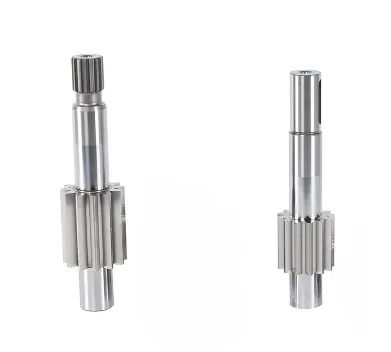
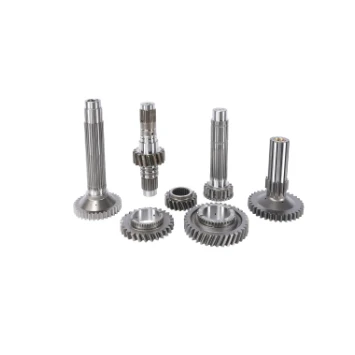
The agricultural and industrial machinery sector is experiencing remarkable growth, and at the heart of this expansion lies the trade and supply of tractors.
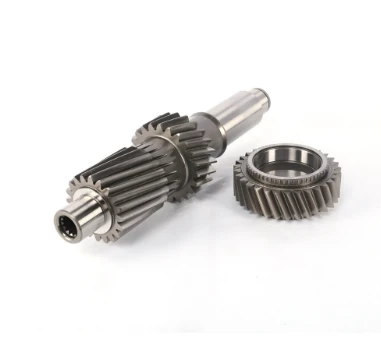
In the world of heavy - duty construction, the seamless operation of machinery is crucial for large - scale projects.
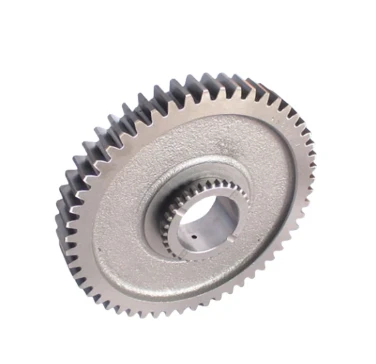
The world of tractors is vast and varied, catering to both practical agricultural needs and the passionate interests of collectors.
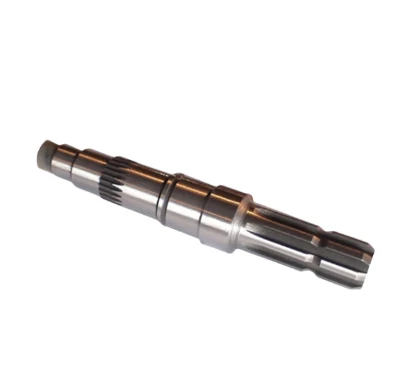
The agricultural and construction machinery landscape is constantly evolving, with tractors standing as essential workhorses for a variety of tasks.
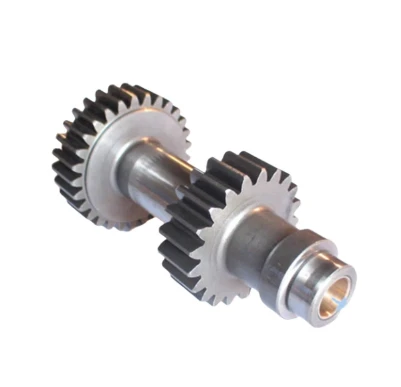
In the intricate world of mechanical engineering, gears are fundamental components that enable the seamless transfer and manipulation of power.
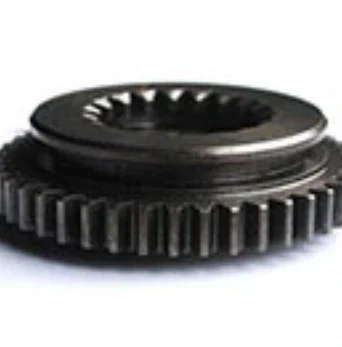
The market for tractors is a bustling hub, catering to a wide range of needs from large - scale farming operations to small - scale gardening projects.
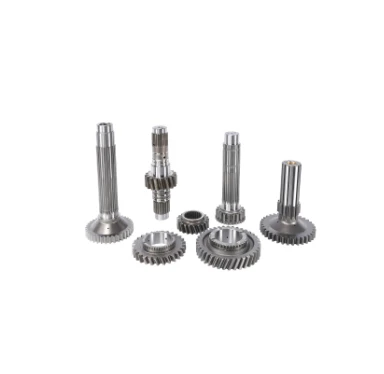
In the dynamic world of farming, machinery has become an essential part of efficient and productive operations.
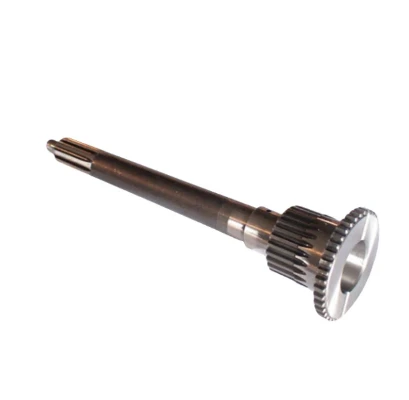
In the expansive realm of agriculture, various tools and machines play crucial roles in ensuring efficient crop production and overall farm management.
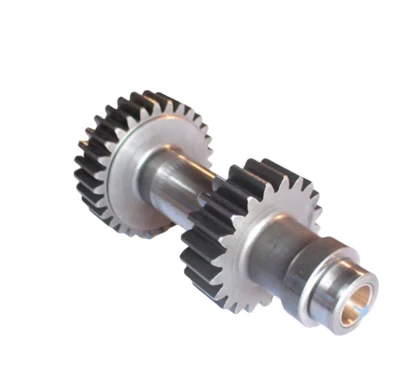
Tractors are essential workhorses in the agricultural and construction sectors, playing a pivotal role in a wide range of tasks.
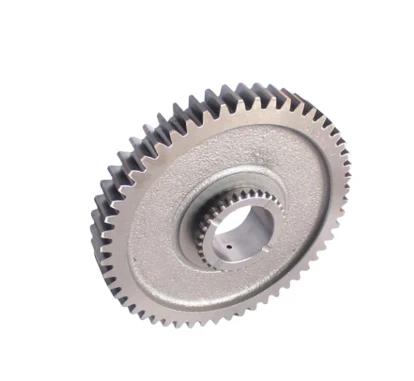
The agricultural and construction sectors rely heavily on tractors for their operations, and the entities involved in the production, distribution, and pricing of these machines shape the industry's trajectory.
International layout
Spread all over the world
our products are exported to various parts of the world. Currently, our products have been exported to more than 40 countries Our products cover Asia, Europe, Africa, South America, North America, and Oceania
Sign up
for Newsletter
Subscribe to the weekly newsletter for all the latest updates







